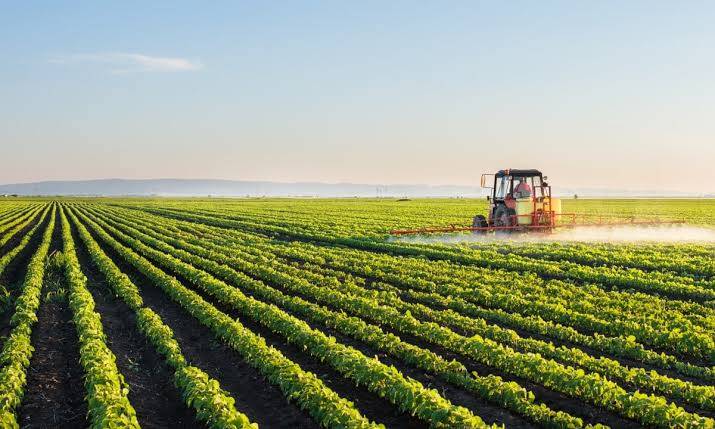Last updated on March 2nd, 2024 at 05:54 pm
As a Kenyan, you’re probably familiar with the different types of farming in your country. But do you know the benefits they offer?
Since there are many types of farming in Kenya, from traditional methods to modern techniques. Each has its own benefits, and it’s important to understand them all if you want to make the most of Kenya’s agriculture sector.
In this article, we’ll introduce you to the different types of farming in Kenya and explain the benefits they offer. We’ll also give you some tips on how to choose the right farming method for your needs.
Overview of Farming in Kenya
Kenya is a country that is largely dependent on agriculture.
In fact, according to World Bank data, “agriculture accounts for over two-thirds of Kenya’s employment and about one-third of the country’s gross domestic product (GDP).”
So what are the many types of farming in Kenya, and each with their own benefits. Let’s take a look at some of them.
1. Subsistence Farming

Most of the farming in Kenya is subsistence farming.
This is where the farmer grows crops to meet their own needs and those of their family.
They might also raise a few animals for meat and milk.
As this might sound common.
Subsistence farming is a tough way to make a living. The farmer has to work hard to grow enough food to eat, and there’s always the risk of drought or pests wiping out their crops.
But for many farmers, it’s the only way they can survive.
However:
There are some benefits to subsistence farming.
The farmer knows their land well, and they can usually count on getting a good harvest if they work hard. And since they’re not growing crops for sale, they don’t have to worry about competition from other farmers.
2. Commercial Farming
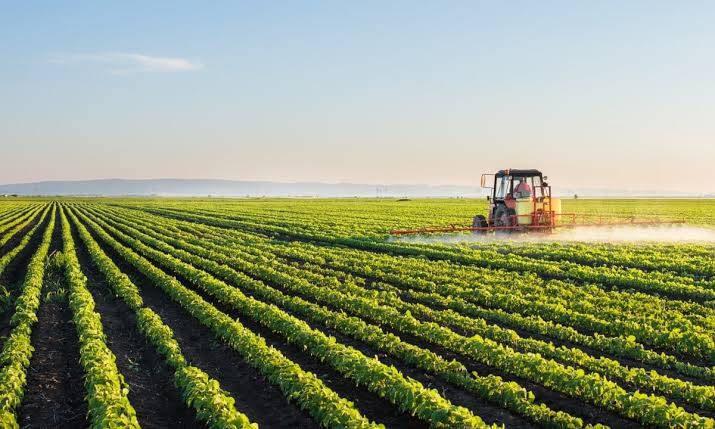
Commercial farming is the most popular type of farming in Kenya.
This type of farming is done on a large scale and the main objective is to make a profit. Commercial farmers use modern methods and technologies to increase their production.
They also have access to better markets, which allows them to sell their produce at a higher price.
Commercial farming is a profitable business and it has helped many Kenyans become wealthy.
However, it is also risky because the farmer is relying on the market to buy his produce. If there is a surplus of produce, the farmer will lose money.
3. Intensive Farming
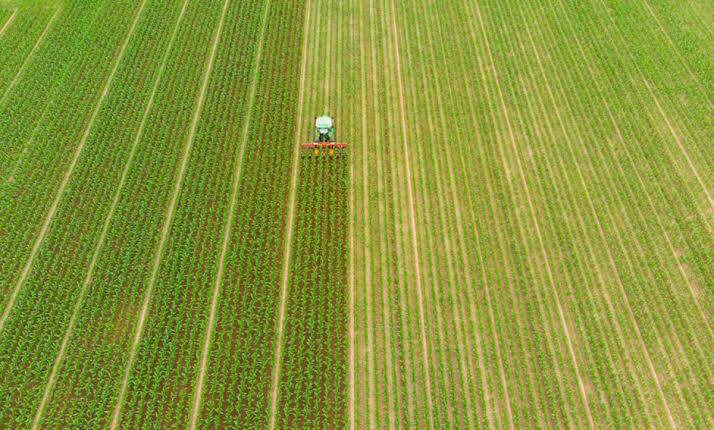
Intensive farming is a type of farming in Kenya where crops are grown intensively and with a lot of inputs.
This type of farming is mostly done on small plots of land and utilizes a lot of labor to cultivate the crops.
Also it requires large amounts of fertilizers, pesticides, and other chemical inputs to be added to the soil so that the crops can grow better.
This method is also known as high input-high output (HIHO) farming because it involves intensive use of resources such as water, labor, fertilizer, and pesticides.
The benefits that this type of farming offers are faster agricultural growth, higher yields, more efficient use of available land resources, and increased economic activity in rural communities.
However, it also has some drawbacks such as increased environmental damage due to the use of chemicals and higher costs due to the added inputs.
4. Agroforestry and Permaculture
In addition to traditional farming, many farmers in Kenya are turning to agroforestry and permaculture to increase their yields and sustainability.
Agroforestry is a type of farming that involves integrating trees with crops and animals.
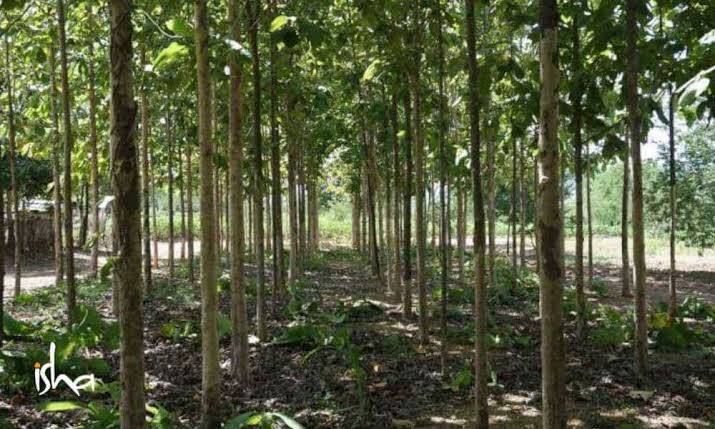
It is a way for farmers to help improve soil fertility and productivity.
Permaculture, on the other hand, is the practice of designing agricultural systems that mimic natural ecosystems. The focus is on creating self-sustaining farms that are both productive and environmentally friendly.
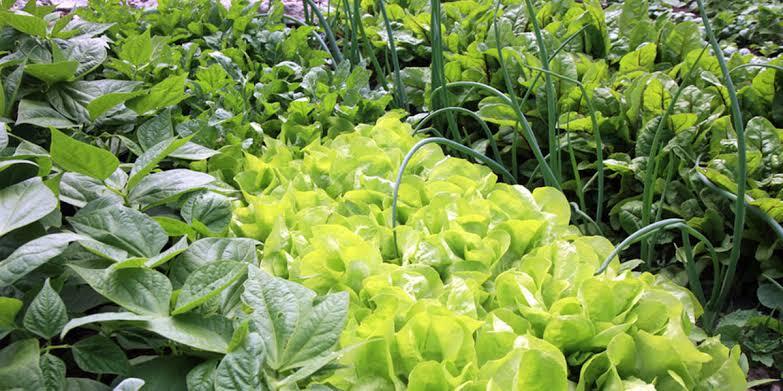
The benefits of agroforestry and permaculture are many.
Not only do these practices improve soil fertility, but they also reduce carbon emissions as well as water use.
They also provide habitat for native species, which helps to support biodiversity in the local area.
Additionally, these practices can lead to increased yields due to improved water management and pest control, making them a viable option for smallholder farmers looking to maximize their production.
Challenges Faced by Kenyan Farmers
You may be wondering what challenges Kenyan farmers face. Well, the reality is that poverty, lack of access to credit, and high costs for inputs are all huge factors.
The fact is that Kenyan farmers can’t always afford the resources they need to successfully farm their land. And the rising prices of fertilizers, fuel, and other inputs have made it harder and harder for farmers to make a profit.
Furthermore, climate change has created an immense challenge in Kenya. Climate variability is linked to more frequent droughts and floods, as well as increased intensity of storms in some areas of the country.
These shifts in climate patterns lead to reduced crop yields—which means farmers can’t get as much out of their land as they once did.
It’s no surprise then that many Kenyan farmers are struggling to make ends meet—which is why it’s so important to support small-scale farming efforts in Kenya in order to ensure a bright future for these communities.
Kenya is home to a variety of farming methods, each of which comes with its own benefits. Read on to learn more about the different types of farming in Kenya and see which one is the best fit for your needs.
Read Also:
